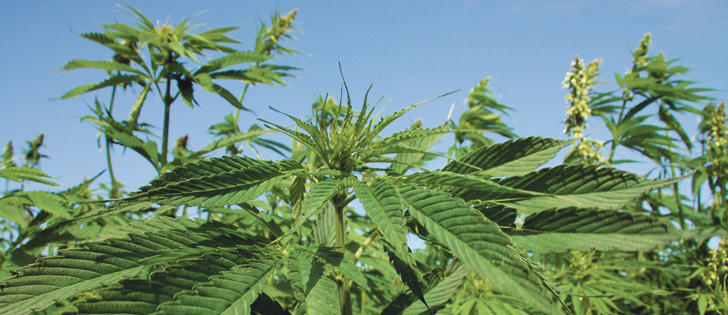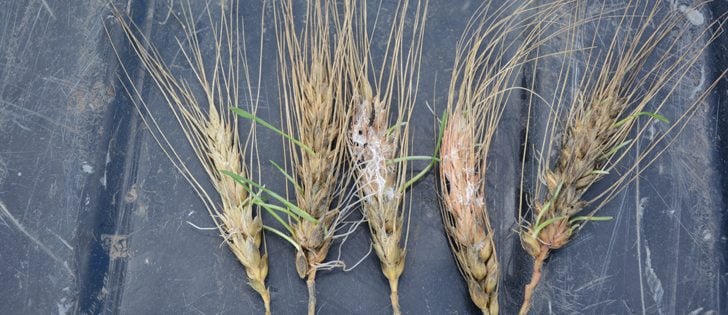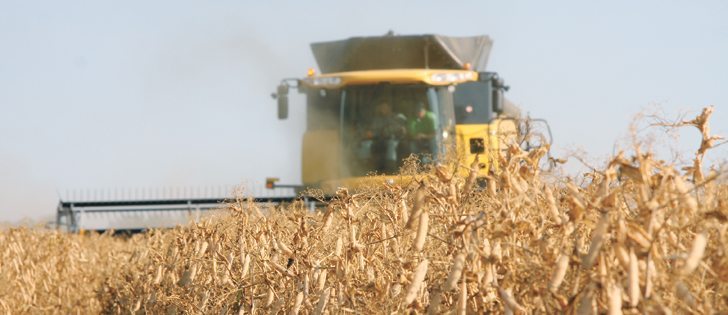Regardless of a bullish canola surprise in Statistics Canada’s recent crop production estimate, the bears are still in charge of that and other crop markets.
That’s got analysts and advisers offering farmers few hopes for better prices, but perhaps better ways to deal with the downdrafts than just hanging on and praying.
“I think it’s causing a lot of guys to delay pricing,” said Jared Seitz of feedgrains-focused Agfinity about today’s prices versus those of a few months ago.
“But the chance for us to climb higher just because harvest pressure ends isn’t so likely.”
Read Also

Critical growing season is ahead for soybeans
What the weather turns out to be in the United States is going to have a significant impact on Canadian producers’ prices
Statistics Canada surveyed Canadian farmers at the end of July and estimates that only about 17 million tonnes of canola are coming, while the wheat harvest estimate is over 30 million tonnes.
That is much lower than most analysts’ estimates for canola, but the report didn’t stop canola slipping in price in following days, following U.S. soybeans and soybean oil lower.
The soy impact cuts the legs out from under canola’s ability to rise, but so too does skepticism about StatsCan’s number.
“We don’t buy into the StatsCan canola number at all,” said Errol Anderson of Pro Market.
“It’s way too low.”
His firm is still estimating a Canadian canola crop of 19 or 20 million tonnes, while most others have been expecting 18 million tonnes.
He’s sticking with bearish advice on canola.
“We still have guys with lots of puts (option contracts that gain in value when prices decline) on,” said Anderson.
“We’re still holding on to them.”Adam Pukalo of P.I. Financial shares that bearish canola outlook, even though the fundamental situation looks more bullish. He said StatsCan’s low estimate was based on end-of-July expectations, and the wet weather through early August is likely to reduce yields, but he thinks canola’s prospects for price recovery look poor.
“Canola could go lower from here,” he said, pointing to technical indicators that suggest canola futures have little support at present levels.
Holding puts on canola is something he has also advised.
But he is going the other way on wheat, offering contrarian advice to growers about the overwhelming bearishness on wheat futures contracts.
“The market has already priced in a lot of the report,” said Pukalo. “It’s already been quite low here compared to the last couple of years.”
He thinks prices are more likely to rally sporadically than fall much further in coming months, with short covering likely to be a significant factor. However, he is urging some growers to sell their crops off the combine rather than hang on and hope to sell for better prices at the elevator.
That physical sale will create bin space and bring in some needed cash. But to get a chance at an upside caused by short covering rallies, he has advised clients to buy wheat call options, which will rise in value if wheat prices rise.
Farmers could hang on to wheat in their bins and buy put options to ensure they are protecting the upside price potential of their crops, but Pukalo said puts are now much more expensive than calls, so selling the physical grain and replacing the upside potential with calls is a more affordable strategy.
“Since we have had such a big move down the puts are actually quite expensive,” said Pukalo, with December at-the-money puts priced about 24 cents per bushel, while calls are only 17 cents.
StatsCan’s estimate of 30 million tonnes of wheat doesn’t help the generally held view that Western Canada will be awash in feedgrains come the end of September.
Bad weather has made a bigger than usual proportion of that crop drop to feed quality, and that excess feed wheat will be fighting with barley and U.S. corn to find its way into feedlots.
Already Canadian feedgrain buyers have backed off old crop bids, expecting big supplies to be coming.
“The buyer pulled that on us today,” said Seitz about a 20 cents per bushel premium posted on old crop feed.


















